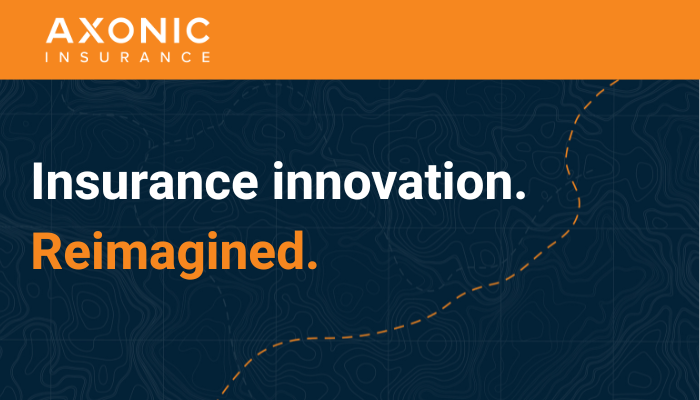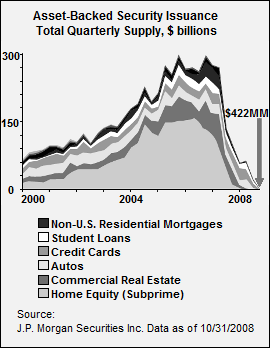The validity of “time-segmentation” methods of retirement income planning were the subject of a spirited, impromptu e-mail discussion last week among several members of the Retirement Income Industry Association.
The message chain, which sprang up spontaneously like a dust dervish in the desert, included commentary from well-known academics like Zvi Bodie, Larry Kotlikoff and Moshe Milevsky (at left), as well as David Macchia, purveyor of a time-segmentation tool, and others.
Time-segmentation, a core principle of certain “bucket” methods, divides a person’s retirement into periods of two to ten years each and assigns assets to each period, as a discrete source of income for that period. The later the investor plans to tap the assets for income, the riskier the assets can be.
The question for those in the e-chain was whether or not time-segmentation is a valid financial planning method and, more specifically, whether its apparent deference to the belief that equities pay off in the long run can be justified.
Let’s tune into the e-mail chain at the point where Macchia suggests that time-segmentation be debated at RIIA’s conference in Chicago on March 22-23, along with other methods that are scheduled for critical discussion.
Macchia (owner of Wealth2k, marketer of Income for Life Model): Given the rapid marketplace adoption, I feel strongly that time-segmentation must be added. The FPA recently released research indicating that 40% of advisors have adopted the concept, and we’ve seen numerous big players embrace [it], e.g. Nationwide, UBS, Bank of America, etc. Not to mention Wealth2k and Russell [Investments].
Charles Robinson (senior vice president, Northwestern Mutual Life Insurance Co.): I would heartily second David’s suggestion.
Zvi Bodie (Boston University economist; author of Worry-Free Investing, Financial Times, 2008): What is the concept of time-segmentation? Does it refer to different age cohorts, accumulation vs. decumulation, or something else?
Michael Zwecher (former Merrill Lynch risk manager; author of Retirement Portfolios: Theory, Construction and Management, Wiley, 2010): It’s the idea that both you and Moshe have debunked repeatedly—essentially that you can ‘expect’ to grow your way out of the hole.
Bodie: Then why would RIIA want to support it?
Macchia: That is [an] unfair dismissal of a concept that has proven its value in more than two decades of real world experience. I’d recommend one speak with seasoned advisors whose experience shows that it takes more than an “optimal” academic framework to make retirement investing work in the field. We shouldn’t be waging a war over approaches; the debate is largely irrelevant. Thirty-two years of working with investors and financial advisors has taught me that once theory meets practice, theory often loses.
Zwecher: I’m not trying to be smug or argue that it is just a theoretical point. [Equities] may
have paid off for long windows in the U.S. in the past. But, if you look at option prices today for any maturity, the capital markets
are saying that I have no better than fair odds for beating the risk-free rate going forward.
Moshe Milevsky (York University finance professor; author of Are You a Stock or a Bond?, FT Press, 2008): I have yet to see any rigorous (or even non-rigorous, for that matter) article or paper that derives “time segmentation” as the output from any sort of optimization process. I wish there was.
In fact, I have actually been thinking about this carefully, and I can’t locate any rational preference function that would lead to this type of strategy. Perhaps, prospect theory together with a mental accounting type argument might work, but that is mixing positive and normative economics.
In other words, just because you can explain observed behavior with a distorted loss-function, doesn’t mean it should be advocated for the masses. Of course, if the justification for a strategy or product is that practitioners have been using it for decades and have been “quite happy” with the outcome, then we have bigger problems.
Macchia: To be clear, I’m not advocating anything for the masses—including time-segmentation. I do believe that time-segmentation can be appropriately employed for some investors, especially when it is combined with a floor of guaranteed lifetime income. There are many approaches to this issue, and we can’t know which among these will yield the best results in practice.
Francois Gadenne (chairman of RIIA): I wonder if we are all seeing the same thing when we read the words: time-segmentation. How many of us see time segmentation to mean buckets of risky assets? How many of us see it to mean a mix of buckets, including precautionary reserves, longevity (risk pooling), floors (risk transfers) and risky assets?
Milevsky: I don’t think “buckets” diversify risk. I provided a counter-example in the attached article (“Spending Buckets and Financial Placebos”).
Chris Raham (leader of Ernst & Young’s Retirement Income Practice): I think it depends on what you put in the buckets.
Laurence Kotlikoff (creator of ESPlanner software; co-author of Spend ‘til The End, Simon & Schuster, 2008): I looked at David’s movie about his product and it’s possible that there is less disagreement here than meets the e-mail eye. My sense, based on the video, is that the product puts people into safer securities for the short term and less safe securities for the long term (at least as Zvi, Michael, Moshe, and I would describe them). There are three ‘buts’ here, however.
‘But’ number one is that if households are borrowing-constrained [unable to borrow] because they hav e short-term saving goals, like getting together a down payment for a house or paying tuition, they are, in effect, facing sure liabilities that need to be matched with safe assets of equal maturity. This may be what David has in mind in encouraging safe short-term investments.
Second, I took David’s product to be trying to provide a floor to the household’s living standard via its focus on inflation-projected bonds or annuities. This seems reconcilable with habit formation—with the fact that people do not want their living standard to decline.
Third, if the households David has in mind are borrowing-constrained, they may, indeed, optimally allocate more to risky investments (i.e., stocks) over time because their short-run liquidity constraints make them effectively highly risk-averse in the short run, but less risk averse in the long-term.
For example, if I have $100,000 and absolutely need $101,000 to buy a house in a year and have no other assets, I’m going to invest in safe one-percent Treasury bills. But in ten years, once I’ve accumulated enough wealth to bother thinking about investing, I may well opt to start investing in equities.
This isn’t to say that equities are safe in the long run, but that a person’s long-run risk aversion can differ from his or her short-run risk aversion. I don’t at all like suggesting that equities are safer the longer you hold them, because I don’t see a scientific basis for that statement. But I do find it reasonable to say that many risk-averse households may find equities a more attractive way to invest for the long-term than the short-term.
Keith Piken (managing director, Bank of America): It’s a dialogue worth having and I know our advisors and their clients continue to struggle in search of the “right” answer.
Kerry Pechter (RIJ editor; author of Annuities for Dummies, Wiley, 2008): I recently asked Meir Statman [the behavioral economist at Santa Clara University] if he thought time-segmentation was “natural.” Here’s his reply:
“Portfolio bucketing is the new version of the old tin cans or envelopes system. How the brain developed is speculative, but we need not jump very far to see that we prefer to solve easy problems rather than difficult ones.
“We simplify a big problem, like budgeting for a household or constructing a portfolio, by breaking it into smaller problems. First we divide them into envelopes or buckets, and then we spend from them. Compare arranging the documents and receipts you need at tax time in one big heap or in an accordion folder by topic.
“Buckets also help because they link money to goals, and an overall portfolio does not. Last but very much not least, buckets help self-control. Putting your hand into the electricity bill envelope for cigarette money makes you feel guilty, perhaps stopping you. Same for dipping into your child’s college fund to buy a shiny car.”
© 2010 RIJ Publishing. All rights reserved.







